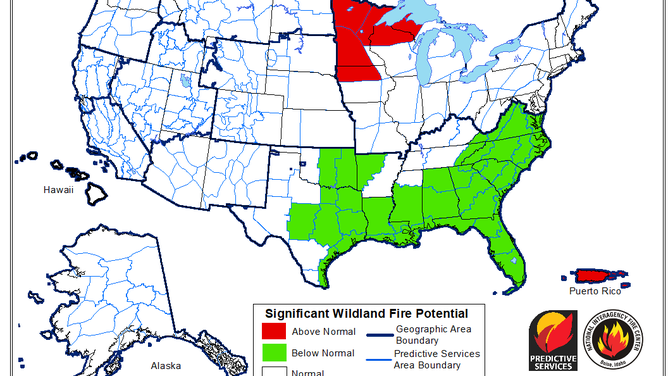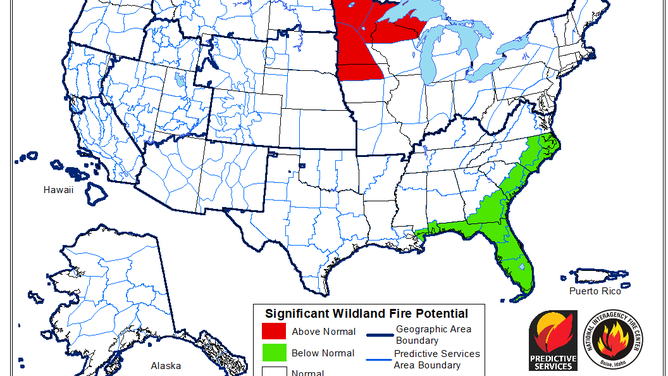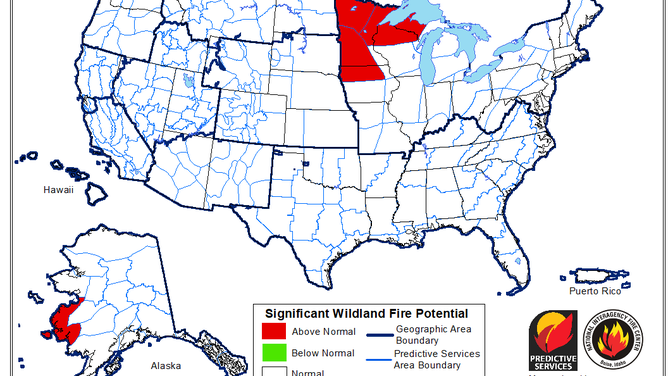US wildfire activity off to slowest start in memory
The height of the wildfire activity usually occurs during the summer and the fall. The 2023 wildfire season finished as the least active in decades, with only 2.6 million acres burned. Record-breaking precipitation during the 2022-23 winter was widely credited for reducing fire activity in the West.
Researchers study causes of major wildfires
Hawaii is currently facing new fire threats. To prevent similar disasters in the future, researchers have come together to study the Lahaina wildfire. Neil Lareau, an assistant professor of atmospheric science at the University of Nevada, Reno, recently spoke with FOX Weather to discuss the team's work in this regard.
As the country inches closer to spring, wildfires, which are typically a year-round phenomenon, have been a relatively non-factor so far in 2024, with fire activity around 80% below normal.
The National Interagency Fire Center reports only 13,981 acres have burned as of late February. This is the least damage by fires in over a decade of recording keeping.
The center highlighted above-normal precipitation across many regions of the country as being one of the causes of the below-normal start to the year.
The 10-year average typically runs at around 61,422 acres during the first month and a half of a year.
Further evidence of how slow a fire season it has been are the benign fire weather outlooks from NOAA’s Storm Prediction Center.
These daily maps produced by forecasters highlight areas where ground conditions, combined with the weather, could result in a significant fire threat.
The threat scale is broken down into elevated, critical and extreme levels.
So far in 2024, forecasters have only used the critical alert status once, and no region has been placed under an extreme level – another first within the last decade.
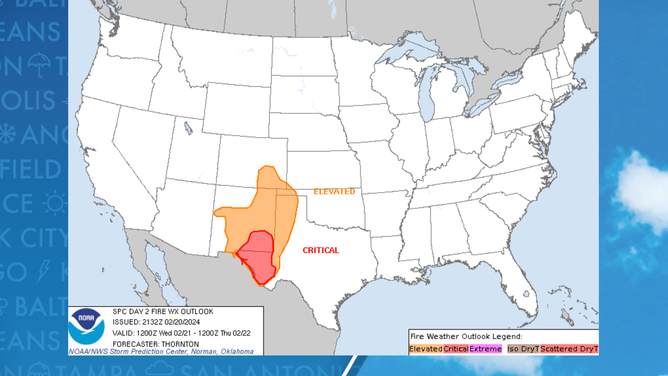
Fire threat risk map
(NOAA)
BEFORE-AND-AFTER SATELLITE IMAGES OF MAUI AFTER DEADLY WIND-DRIVEN BRUSH FIRES
How long will the quiet fire weather continue?
According to the latest drought monitor, less than 20% of counties were experiencing drought conditions, and only 2% were considered to be in an extreme or exceptional drought.
Those areas were mostly found in the Desert Southwest, Gulf Coast and Midwest.
An El Niño-dominated winter led to varying precipitation across the country, with the western and eastern coasts receiving above-normal precipitation.

(FOX Weather)
The Pacific Northwest and Upper Midwest are two regions where the National Interagency Fire Center warns it could be only a matter of time before fire activity picks up.
The center said vegetation has been moist in the Northwest, but the lack of substantial snowpack will lead to increasing fire dangers.
Elsewhere, across the Lower 48, parts of Iowa, Minnesota, Wisconsin and Michigan have been highlighted by experts as being at risk of above-normal fire activity through the spring.
The region was home to the warmest temperature anomalies during the winter and double-digit snowfall deficits.
WESTERN WILDFIRES IMPACT SEVERE STORM OUTBREAKS IN CENTRAL US, STUDY WARNS
Neighbors to north and south not seeing relief
While drought coverage in the U.S. appears to have declined over the winter, over half of Canada is unusually dry, and the majority of Mexico is dealing with drought conditions.
During a drought, vegetation is usually drier than is typical, which can make the terrain more conducive for fires to ignite and quickly grow.
As many regions of the U.S. experienced in 2023, fires hundreds and even thousands of miles away can influence the weather and impact air quality.
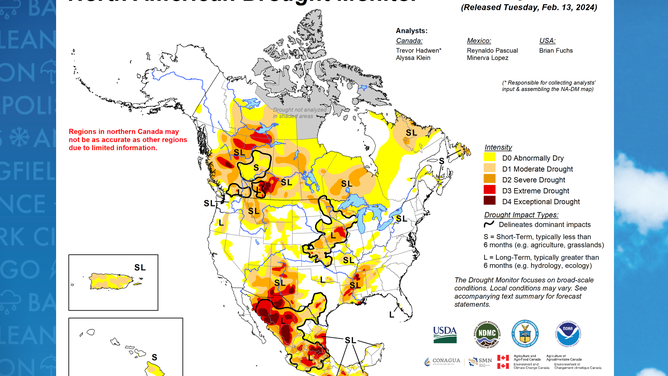
North America Drought Monitor
(FOX Weather)
A record-breaking 45.7-million-acre wildfire season in Canada produced days of smoke in the northern tier of the U.S. due to the prevailing wind direction.
If a similar pattern is established in 2024, it might set the country up for more rounds of haze and smoke.
The North American Seasonal Fire Assessment and Outlook warns that some fires from last season continue to smolder and could lead to a resurgence in 2024.
More data is expected to be released by Natural Resources Canada in March, but a lack of snowfall and record-breaking temperatures over the winter appear to have laid the foundation for an active fire season.
In Mexico, the fire season typically kicks off earlier than in the U.S. and Canada due to the country’s proximity to the equator.
Already in 2024, the country’s National Forestry Commission reports at least 222 forest fires have burned thousands of acres.
Some forecasters worry that a continued El Niño weather pattern into the spring and summer could lead to a delayed rainy season and continued drought-related problems.
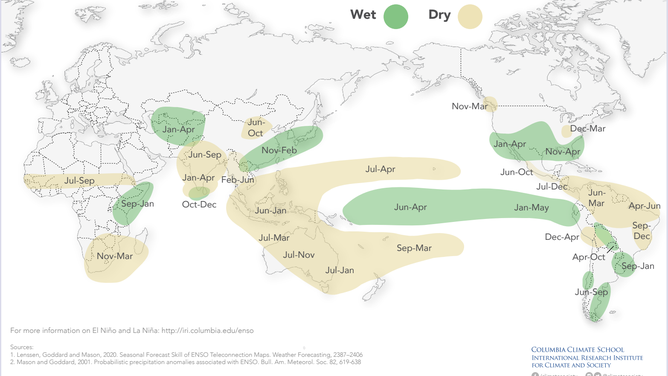
El Nino typical impacts
(Columbia Climate School International Research Institute for Climate and Society )

